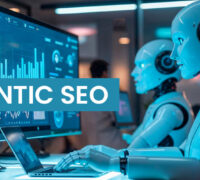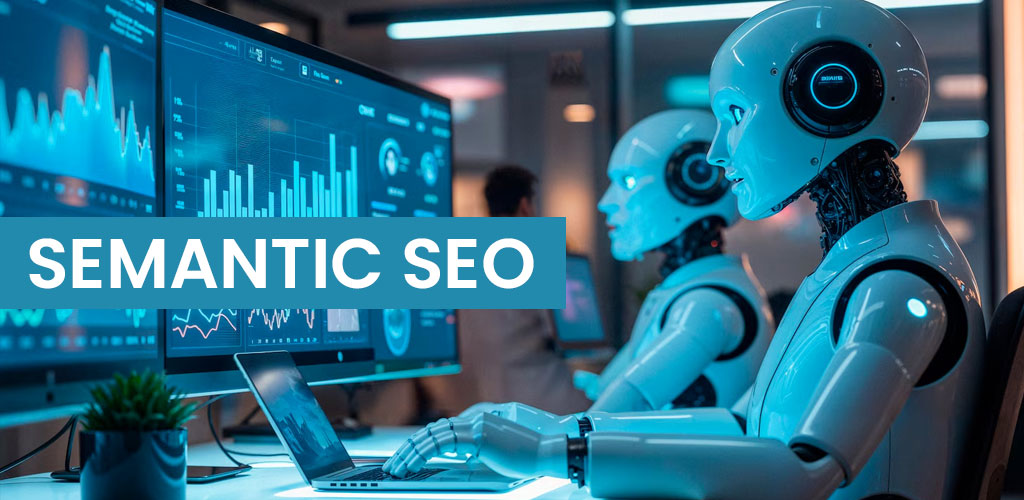Search Engine Optimization (SEO) is often seen as a technical or fleeting trend, but the reality is that it remains a cornerstone of online success. Even as technology evolves and search engines adapt, the principles behind SEO—making your website useful, relevant, and accessible—will continue to be critical. Understanding why SEO still matters, and how it’s changing, is essential for any business or website owner who wants to remain competitive in the digital world.
SEO Is Not Just About Keywords
Many people still think SEO is only about inserting the right keywords into their content. While keywords play a role, modern SEO focuses much more on understanding user intent. Search engines now prioritize content that genuinely answers a user’s question or solves a problem. This means businesses need to create high-quality, informative, and engaging content that meets the needs of their audience. Optimizing for the user is no longer optional—it’s central to long-term SEO success.
User Experience Drives Rankings
Search engines reward websites that offer excellent user experiences. Factors like fast loading times, mobile-friendly design, and easy navigation are all part of SEO today. If your website frustrates visitors or is difficult to use, even the best content may fail to rank. Optimizing your site for usability ensures that users stay longer, engage more, and are more likely to convert, which in turn signals to search engines that your site is valuable.
The Role of AI and Automation in SEO
Artificial intelligence is transforming how search engines understand and rank content. AI algorithms can now interpret the context of web pages and user queries more accurately than ever before. This means SEO is shifting from keyword stuffing to creating meaningful content that AI can recognize as relevant. Automation tools also help businesses analyze data, identify trends, and make informed decisions about content strategy, making optimization smarter and more efficient.
Local and Voice Search Are Growing
The rise of mobile devices and voice assistants has changed the way people search. Local SEO has become crucial for businesses that rely on foot traffic or local clients. Similarly, voice search requires content that is conversational and answers specific questions clearly. Ignoring these trends could mean missing out on a significant portion of your potential audience. Forward-thinking SEO strategies now consider how users speak and what they are searching for in their immediate context.
SEO Is a Long-Term Investment
Unlike paid advertising, the benefits of SEO compound over time. A well-optimized website continues to attract traffic months and even years after the initial effort. Businesses that ignore SEO may find themselves constantly paying for ads just to stay visible, while those who invest in optimization build lasting digital authority. The future of SEO is about creating sustainable growth by focusing on quality, relevance, and user experience.
Conclusion
SEO is far from obsolete. It is evolving, but its importance remains undeniable. From user experience to AI-driven search, the principles of optimization are adapting to a digital landscape that is faster, smarter, and more user-focused than ever. Businesses that embrace these changes and invest in strategic SEO today will be the ones that continue to thrive tomorrow. Optimization, whatever you call it, is not just a technical task—it’s a long-term strategy for online success.










